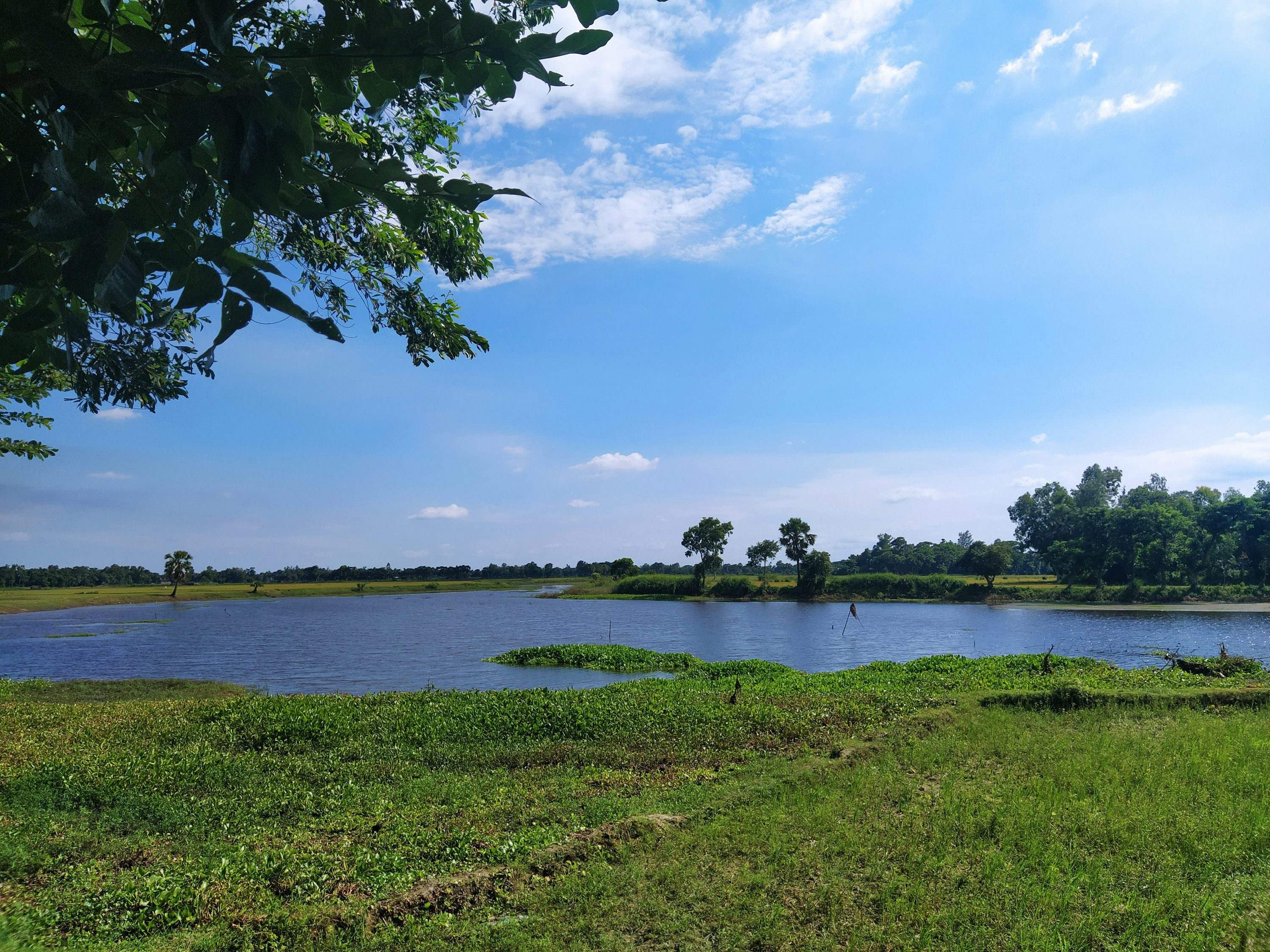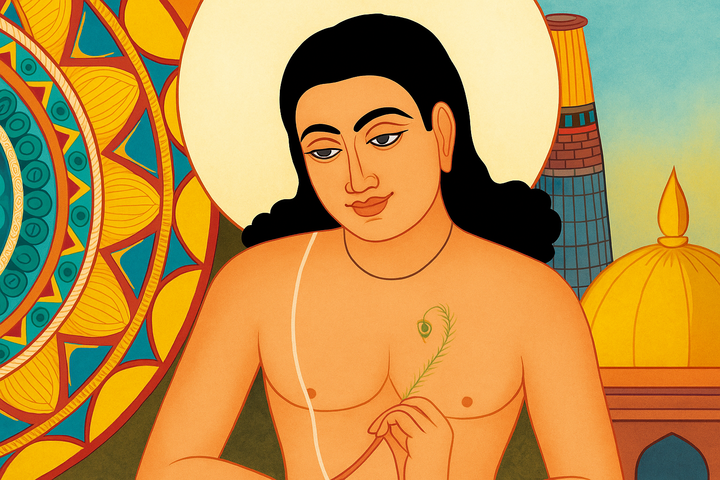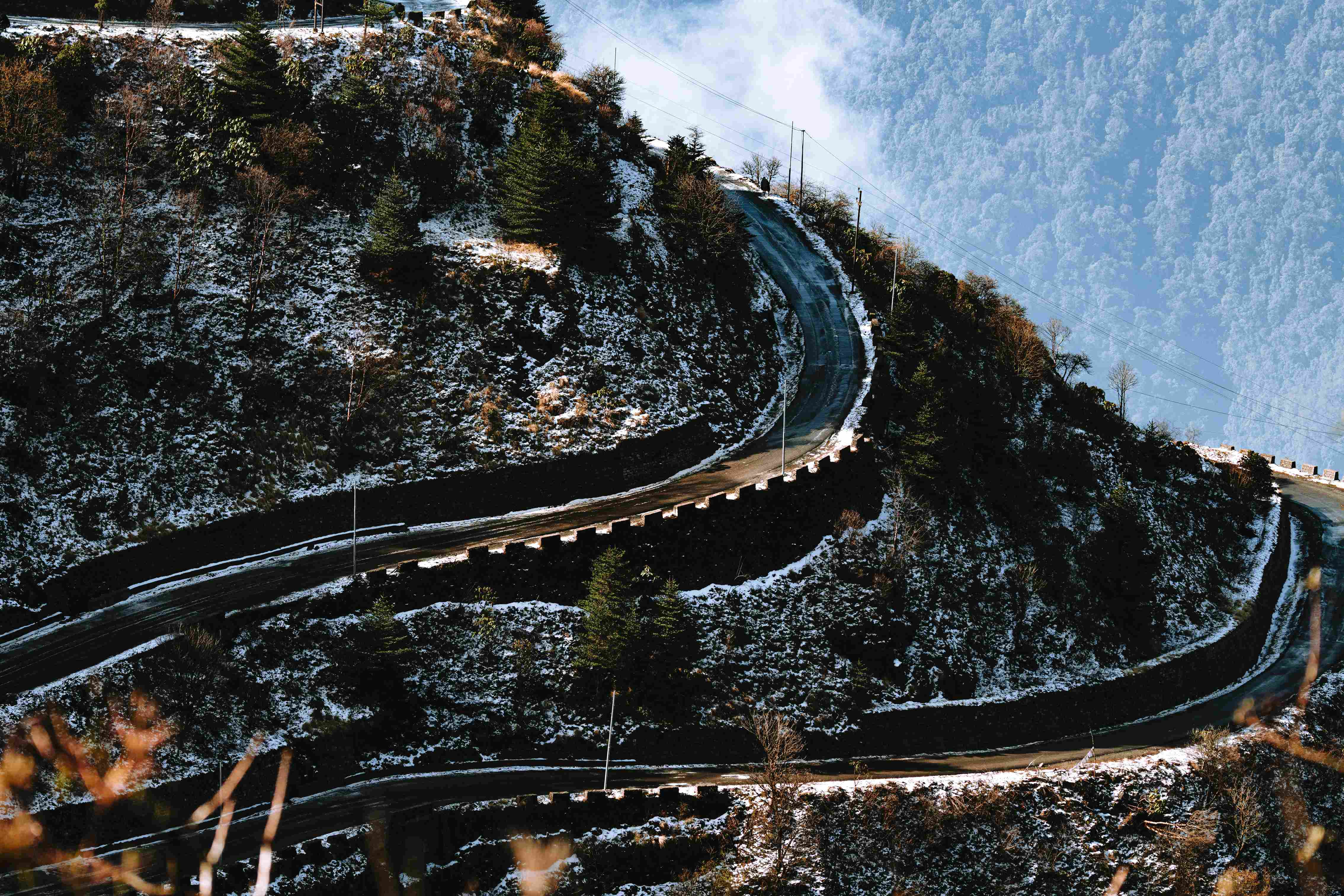Exploring Majuli – A Three-day Itinerary
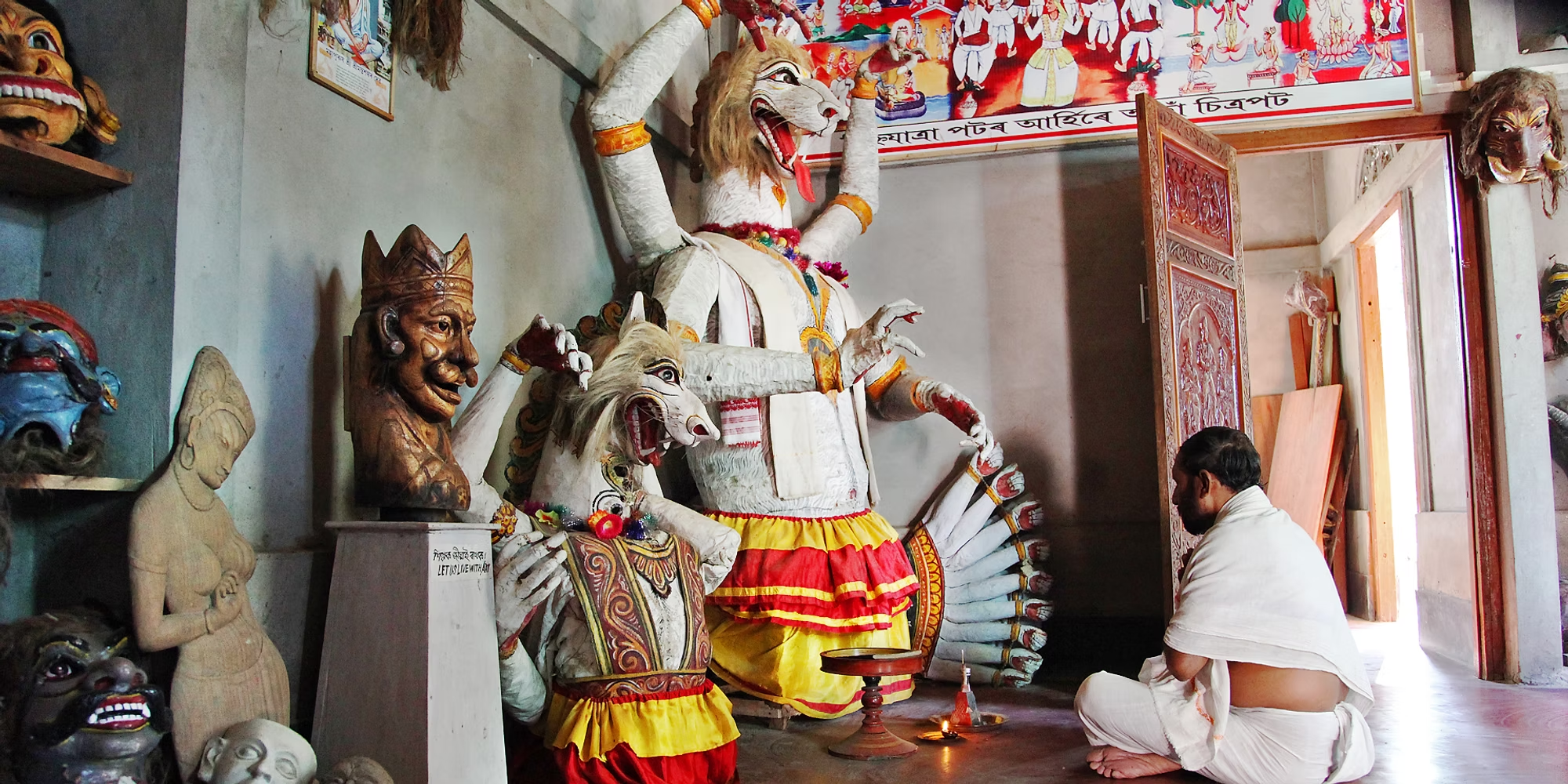
The land we stay on often changes its shape over time. It is hard to see it because it is a gradual, almost invisible process, wherein one would notice the shift only when it is very apparent. If you want to witness this phenomenon in real time, then Majuli Island – Asia’s Largest River Island, will be of interest to you.
This river island was 1,300 square kilometers back in the 1790s, and today it is about 880 square kilometers. It is slowly disappearing due to the process of erosion, however conservation methods are being utilised to help preserve this gem located in Assam.
If you want to explore this river island in its entirety, then here is a three-day itinerary that you can use as your reference.
Day One
 After arriving in the city of Jorhat, you can make use of the ferry service from Nimati Ghat and make your way to Majuli island, across the serene waters of the Brahmaputra River. You can book your ferry tickets online, making it easy and convenient, especially if you are tired after your flight journey and want to make it to the comfort of your room as soon as possible.
After arriving in the city of Jorhat, you can make use of the ferry service from Nimati Ghat and make your way to Majuli island, across the serene waters of the Brahmaputra River. You can book your ferry tickets online, making it easy and convenient, especially if you are tired after your flight journey and want to make it to the comfort of your room as soon as possible.
You get to experience the culture of Majuli on the first day itself by staying in cottages made of bamboo.
Living on an island that is prone to flooding requires expertise of the novel kind. Thus, the houses on this river island are built over bamboo stilts. The comfort of these homestays would make you feel right at home.
Here, you will also get to indulge in an authentic Assamese thali of steamed rice, lentils, vegetables and (depending on the eating habits of the community) meat dishes as well.
To truly experience the serenity of Majuli, bicycles should be the go-to choice of transportation. Not only is this a sustainable way of travelling around the river island, but you can truly immerse yourself in the lush green beauty and end your day one on a calm note, that awaits the excitement of tomorrow.
Day Two
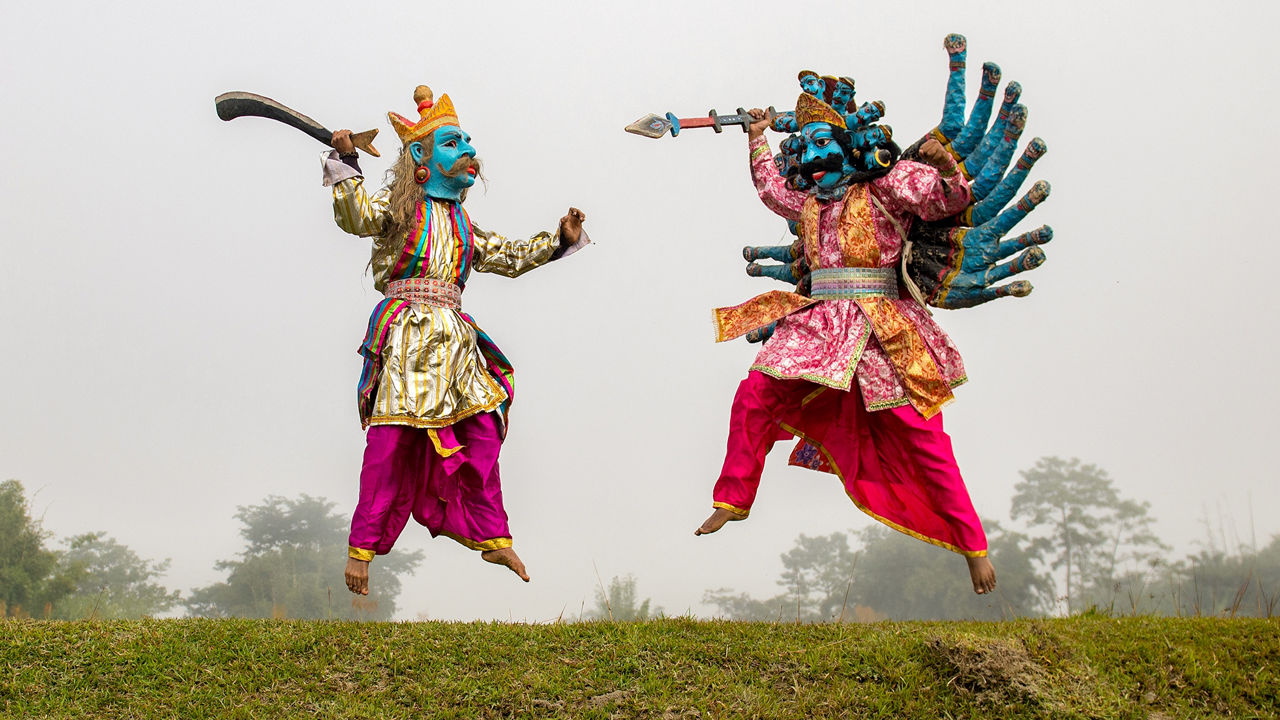 People visit Majuli Island for the rich neo-Vaishnavite culture that the island is known for. There are 22 Satras (monasteries of Vaishnavism) within Majuli to choose from. Some of these include Kamalabari Satra, Auniati Satra, and Garamur Satra.
People visit Majuli Island for the rich neo-Vaishnavite culture that the island is known for. There are 22 Satras (monasteries of Vaishnavism) within Majuli to choose from. Some of these include Kamalabari Satra, Auniati Satra, and Garamur Satra.
Your Majuli trip will be incomplete without visiting any of these religious institutions that not only serve the purpose of spirituality, but also living centers that keep centuries old traditions alive.
Here you get to witness various art forms. Devotees of Krishna perform songs and dances in praise of him, leaving you in awe of such devotion. If you plan to visit during the months of late November to early December, then Raas Mahotsav, is a much-anticipated festival of celebration. During this time, you can get a chance to watch the Bhaona plays that were introduced by Srimanta Sankaradeva in the 15th century. These plays are enacted with great passion, as they dedicate their all to illustrating the life of Krishna.
This river island is also known for its rare bird species, including migratory breeds that come all the way from countries like China and Serbia and that is why Majuli Island is also known as one of the Important Bird Areas within India, as identified by the Bombay Natural History Society in partnership with BirdLife International. These are significant organisations that work towards the conservation of bird life and their habitats.
In Majuli, you will get to witness local species like eagles and kingfishers and during the months of winter Spot-billed Pelican, Glossy Ibis, and Black-headed Ibis among other migratory birds. The popular bird-watching sites in Majuli include Sakuli Bheel, Borhula Pathar, Bhereki Bheel and so on.
From the chants of monks in the Satras to the whispers of rustling leaves while you observe the bird species from a distance, your second day in Majuli could be a spiritual symphony.
Day Three
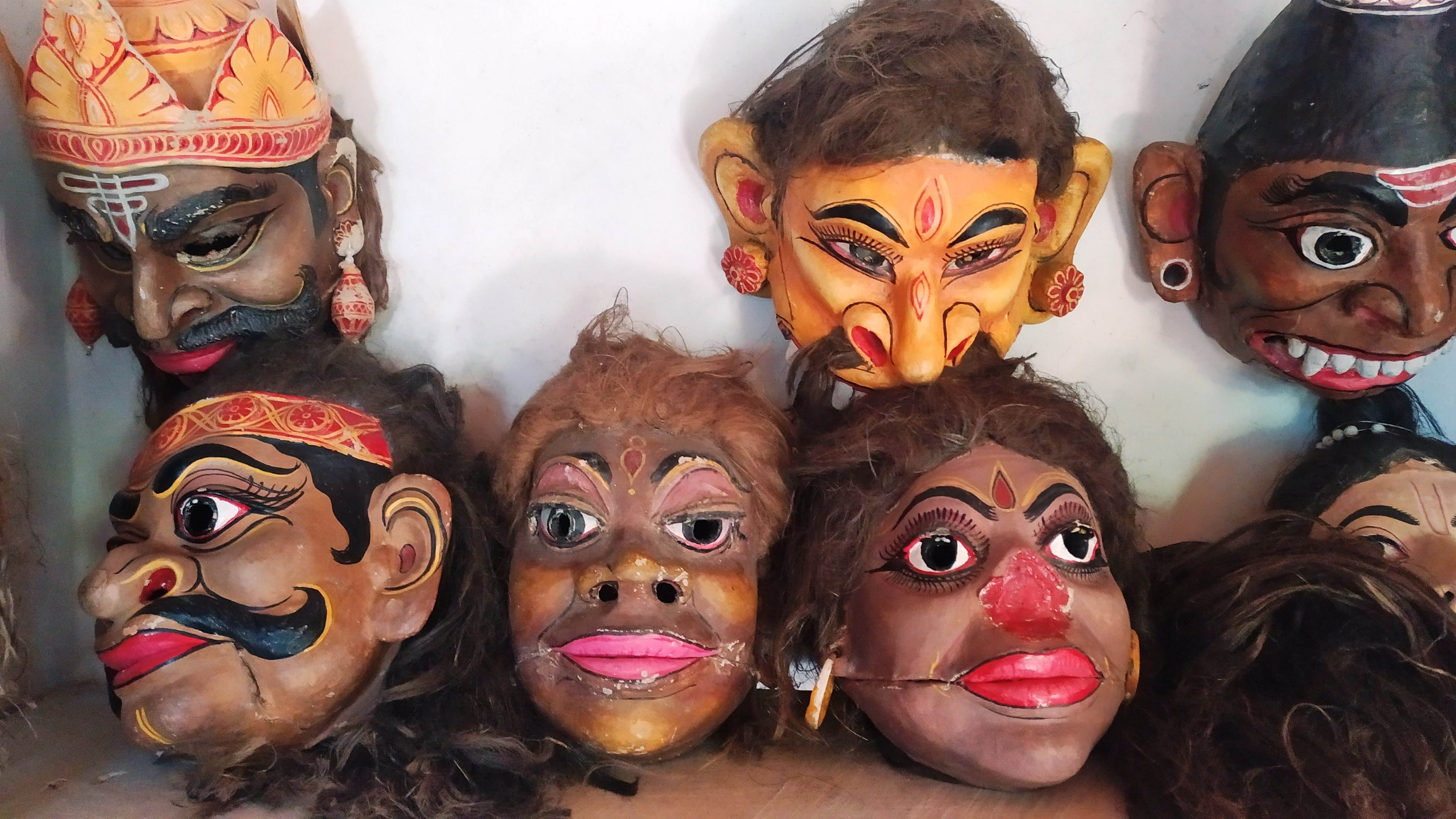 Your last day in Majuli could be dedicated to connecting with the people and engage in their way of life.
Your last day in Majuli could be dedicated to connecting with the people and engage in their way of life.
You can visit the local villages and learn more about the tribes such as Misings, Deoris and Sonowal Kacharis.
Rengam (United Group in English), is an organisation that you can visit and observe up-close the intricate process of weaving that results in high-quality attires. The women from the Mising community are popularly known for their handcrafted excellence.
At Salmora Village, you can also witness the women work their magic and mould a three-layered clay pot without a wheel as seen in pottery in under 30 minutes. This village is known for its Terra-cotta industry that is managed by the communities of Koch and Kalita.
If you want to see more of Majuli’s craftsmanship, you can even visit the Shamaguri Satra, which is famous for the art of mask-making, made from all natural products from start to finish.
Whatever it is that brings you to Majuli, whether it is the river island’s deep-rooted spirituality, rich artistic traditions, or simply the curiosity of staying in a bamboo cottage on a river island, Majuli’s serene charm is worth discovering. You can do so here.

